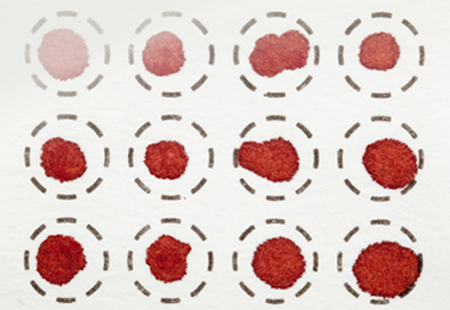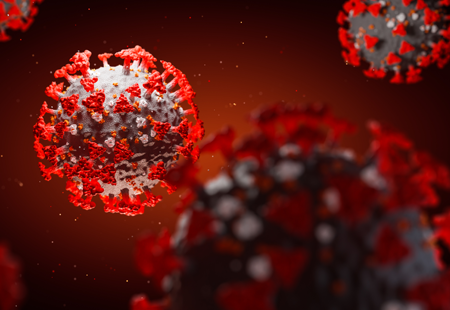Fully Automated Determination of Phosphatidylethanol 16:0/18:1 and 16:0/18:2 in Dried Blood Spots
Abstract
Purpose
Direct alcohol markers are widely applied during abstinence monitoring, driving aptitude assessments and workplace drug testing. The most promising direct alcohol marker was found to be phosphatidylethanol (PEth). Compared to other markers it shows a long window of detection due to accumulation in blood. To facilitate and accelerate the determination of PEth in DBS, we developed a fully automated analysis approach.
Methods
The validated and novel online-SPE-LC-MS/MS method with automated sample preparation using a CAMAG DBS-MS 500 system reduces manual sample preparation to an absolute minimum, only requiring calibration and quality control DBS.
Results
During the validation process, the method showed a high extraction efficiency (>88%), linearity (correlation coefficient >0.9953), accuracy and precision (within ±15%) for the determination of PEth 16:0/18:1 and PEth 16:0/18:2. Within a run time of about 7 min, the two monitored analogs could be baseline separated. A method comparison in liquid whole blood of 28 authentic samples from alcohol use disorder patients showed a mean deviation of less than 2% and a correlation coefficient of >0.9759. The comparison with manual DBS extraction showed a mean deviation of less than 8% and a correlation coefficient of >0.9666.
Conclusions
The automated analysis of PEth in DBS can provide a fast and accurate solution for abstinence monitoring. In contrast to the manual extraction of PEth in DBS, no laborious sample preparation is required with this automated approach. Furthermore, the application of the internal standard by a spray module can compensate for extraction bias and matrix effects.
https://academic.oup.com/jat/article-abstract/43/6/489/5486352?redirectedFrom=fulltext








